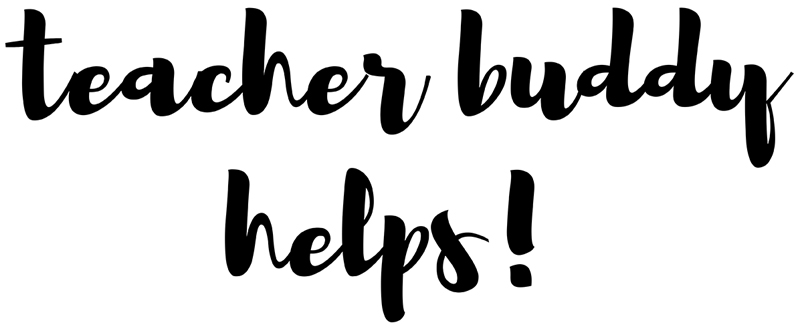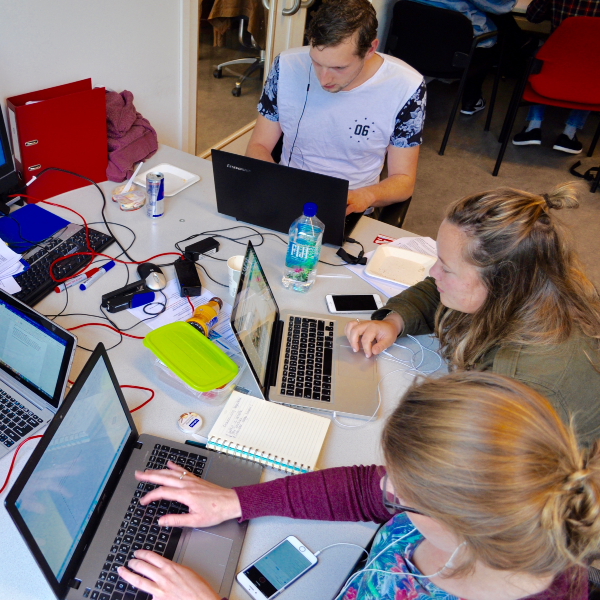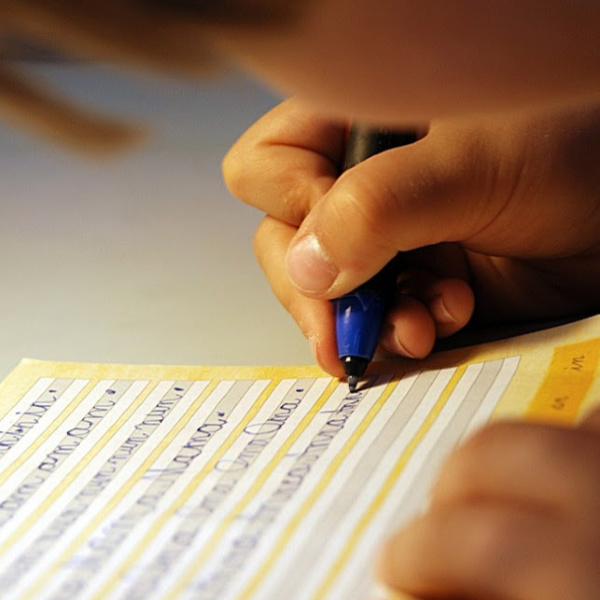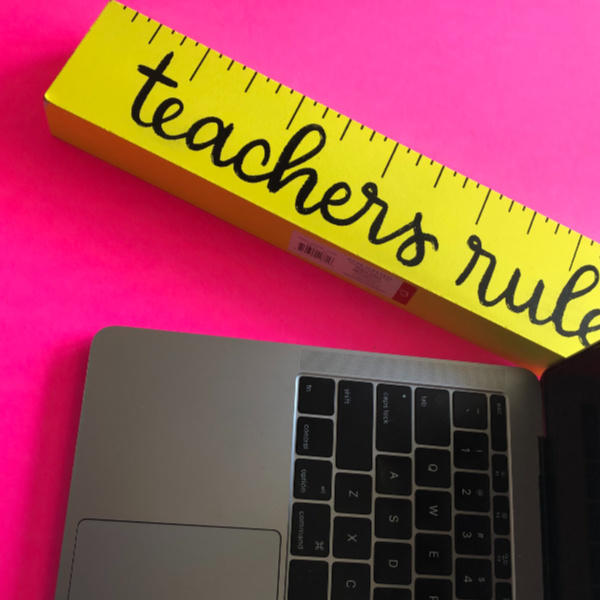Growth Mindset in School
I’m probably a bit behind in the game when it comes to growth mindset in school. I’ve learned about it in my current position at our local community college, but it wasn’t a “thing” when I was teaching children.
So, I thought I’d jump into the conversation and discuss what it means for both teachers and children (in my opinion).
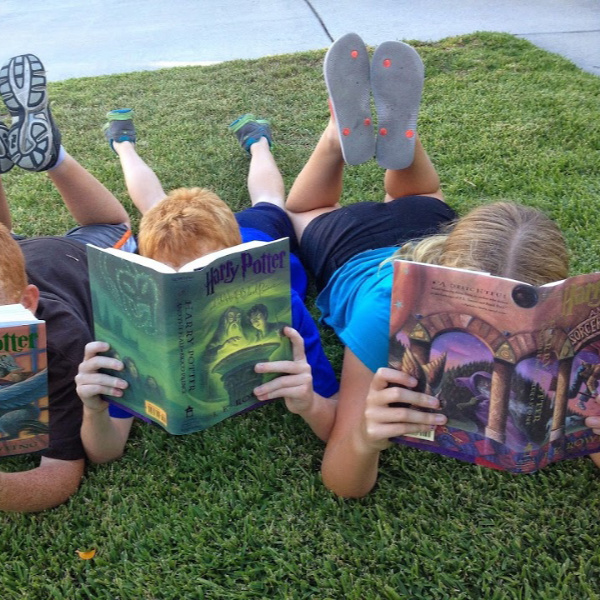
I’m going to give you some general “Growth Mindset” information based on the book Mindset, the New Psychology of Success by Carol S. Dwesck, Ph.D. After that, I will discuss mindset in children and then your own mindset.
What is Growth Mindset in School?
The general gist of growth mindset learning is that people generally fall into either a “fixed mindset” or a “growth mindset.” According to the research, having a fixed mindset can affect how you learn and your beliefs about school (in an often negative manner). Each of these are influenced by our life experiences. A fixed mindset can be shifted toward becoming more like a growth mindset, but it takes time and work.
The Fixed Mindset
Here is a quick explanation on fixed mindset. In a fixed mindset, the person believes that what people learn and know and how they learn are fixed; you either have the ability or you don’t. The thought is similar to having a natural skill such as being very musical or athletic. As we know, some people are “naturals” at these things. However, most people have to practice, practice, practice to become great at both music and sports.
People with a fixed mindset believe you are either smart or not. And this belief often limits them, because once they encounter something that is difficult for them, they often give up, thinking “I’m not good at this, so I can’t do it.”
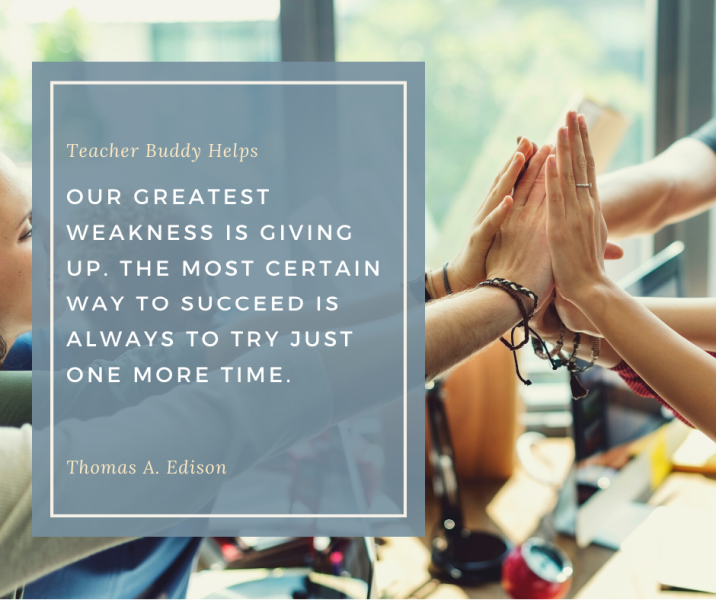
The Growth Mindset
On the flip side, the growth mindset centers on the idea that most people can learn and progress with effort and determination. This growth mindset requires that students truly believe that they can learn new content with effort, grit, and determination (and with help when needed).
Carol Dweck explains the difference in the two in the following way,
What’s also new is that people’s ideas about risk and effort grow out of their more basic mindset. It’s not just that some people happen to recognize the value of challenging themselves and the importance of effort. Our research has shown that this comes directly from the growth mindset. When we teach people the growth mindset, with its focus on development, these ideas about challenge and effort follow. Similarly, it’s not just that some people happen to dislike challenge and effort. When we (temporarily) put people in a fixed mindset, with its focus on permanent traits, they quickly fear challenge and devalue effort.”
The Mindset of Students
So, when we consider students, we need to guide them in their efforts to switch from a fixed mindset to a growth mindset. This can be done by classroom teachers by giving specific praise that is geared toward hard work and effort, along with critical thinking and perseverance. Instead of telling a student who turned in an excellent paper “great job, you are so smart” you can instead say, “great paper, I can see you worked very hard on this and pushed yourself to do your best.”
Another example is to ask your students how they complete that activity or assignment in small steps and how they can persevere. When students are asked to think about their effort in relation to their learning, they “get” it more.
I have another article about teachers being a guide or “compass” for their students. You can read it here:
Be a “Compass” For Your Students
Another excellent quote from Carol Dweck is below:
The fixed mindset limits achievement. It fills people’s minds with interfering thoughts, it makes effort disagreeable, and it leads to inferior learning strategies. What’s more, it makes other people into judges instead of allies. Whether we’re talking about Darwin or college students, important achievements require a clear focus, all-out effort, and a bottomless trunk full of strategies. Plus allies in learning. This is what the growth mindset gives people, and that’s why it helps their abilities grow and bear fruit.”
There are many lesson plans and learning products available to teach growth mindset to students. I haven’t had an opportunity to look through any of them, so I don’t have a recommendation on any. Here is a research article about developing growth mindset that you can read for more information.
25 Simple Ways to Development a Growth Mindset
The Teacher’s Mindset
Taking these same ideas and concepts about growth mindset for students and applying them to yourself and your teaching is not a huge stretch. Just remember that you can do MOST things with effort, perseverance, and hard work.
One thing to keep in mind is that many difficult things in life seem to follow this path; 3 steps forward, 1 step back; REPEAT. While you are still making forward progress overall, you have to regroup each time that “life” causes you to step back.
A strategy I have developed over the years for working through a long or complex project or job is to break it down into all the steps that you need to do to get it done. To me, it made it look much more manageable to see each step listed separately. As I have matured, I have come to know that I can do most things with hard work and effort. Some I have chosen not to do (out of fear – like sky diving) but know that I can do it if I wanted to. LOL.
Before I let you go, I want to offer you a FREE downloadable List of 10 Ways You Can Impress Your Principal (just in case you’re interested). All you need to do is provide your email here and I will zip it right over to you.
**
That’s about it for now my teacher friends.
Until Next Time,

